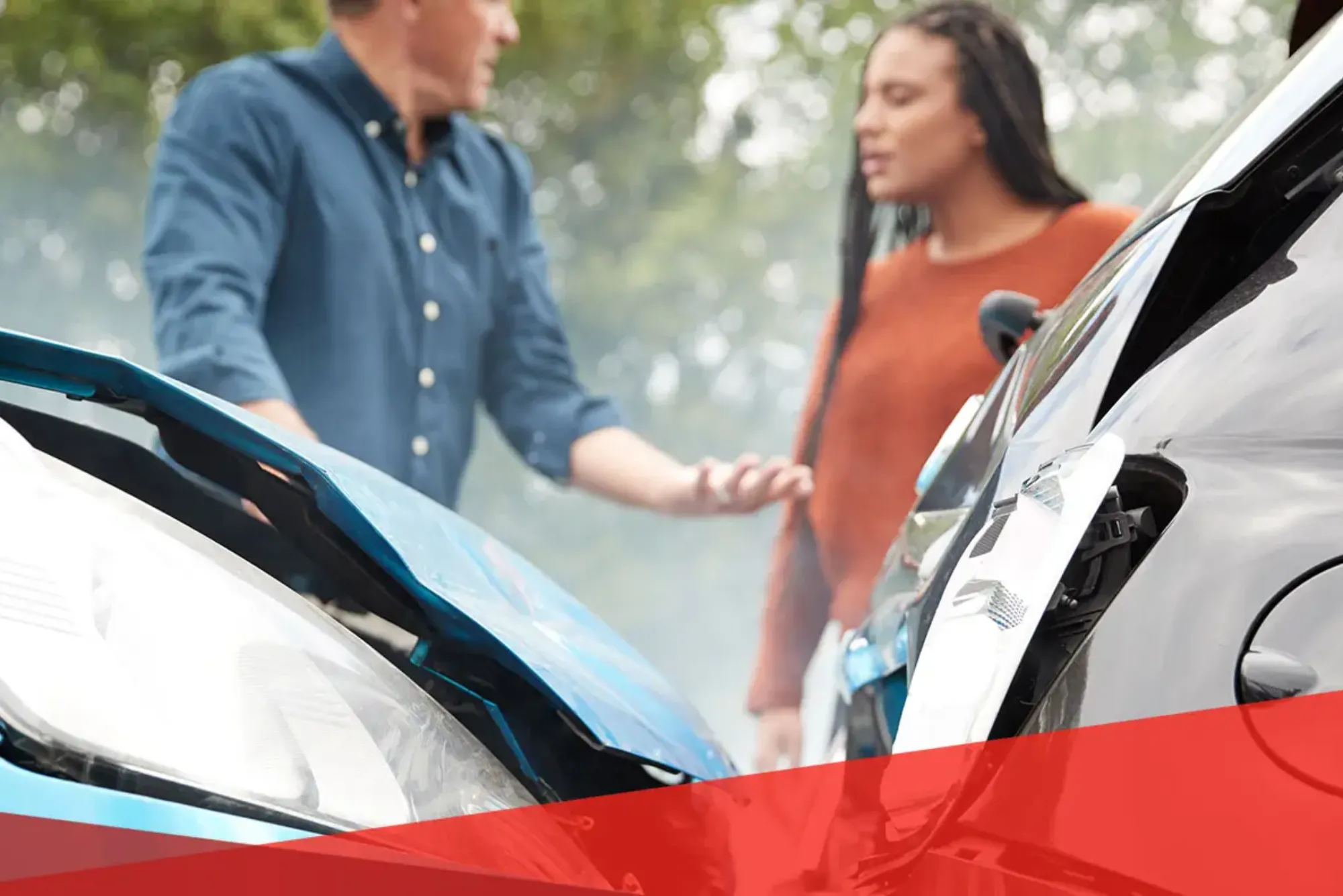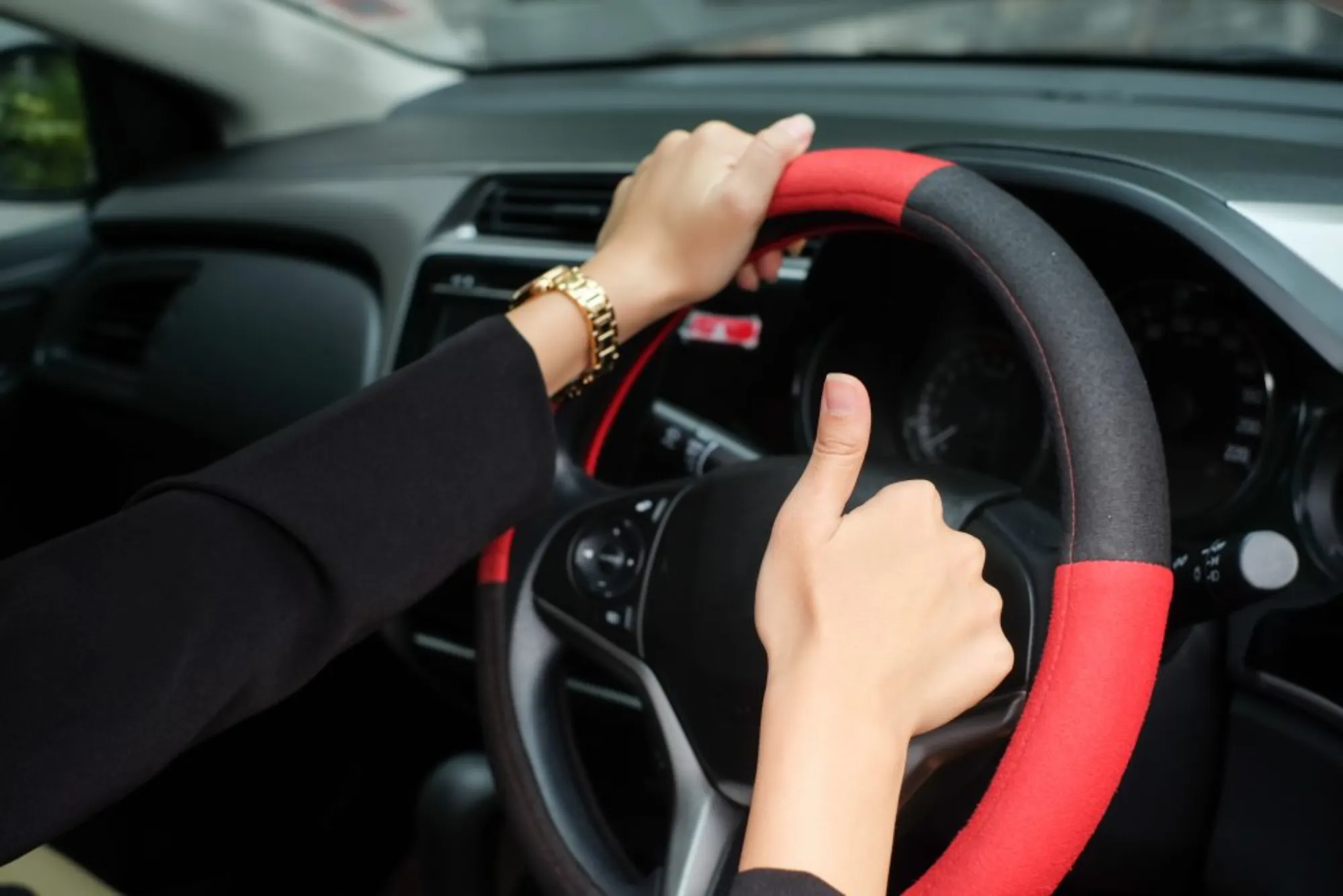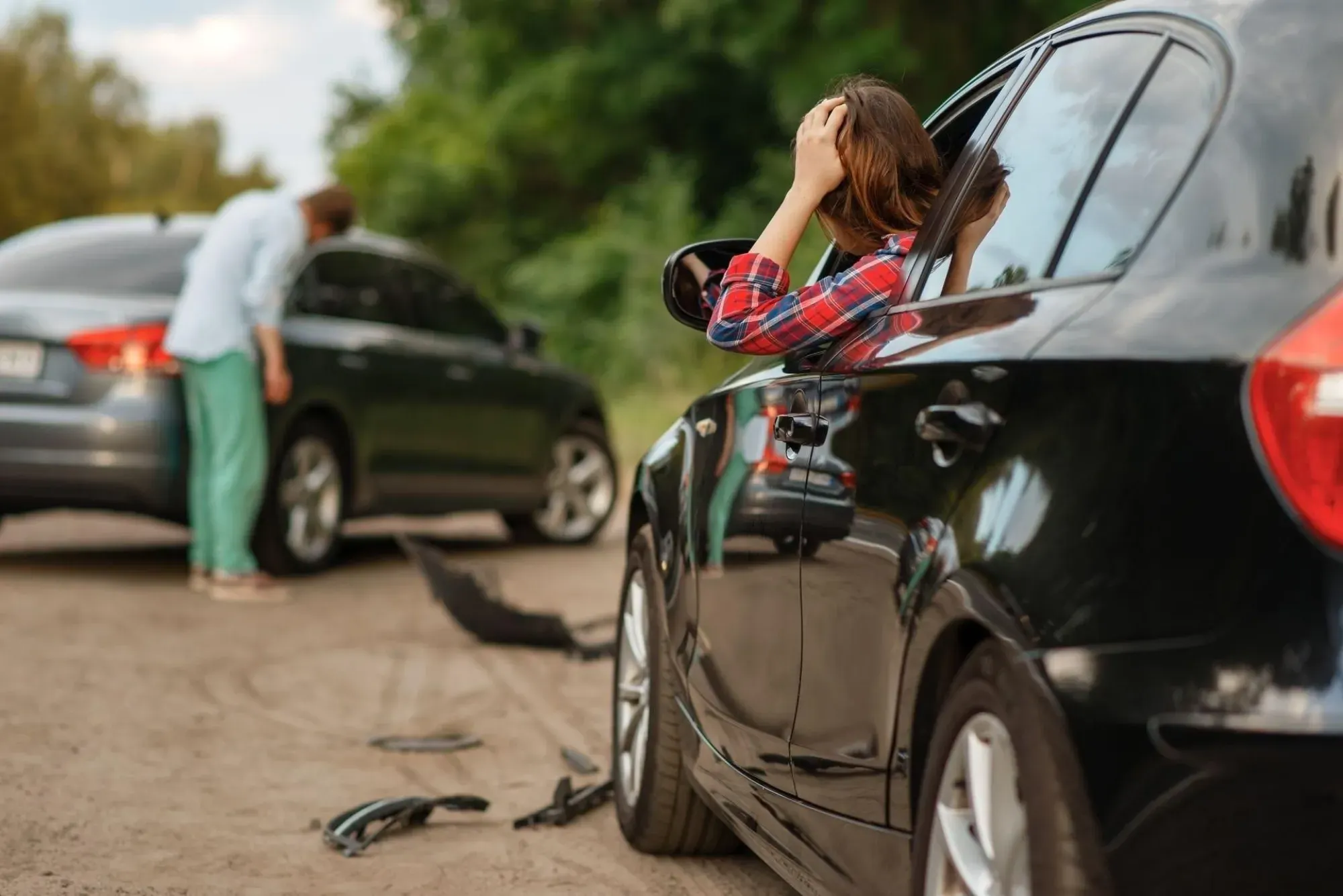Hit-and-run incidents involving parked cars are frustrating and stressful experiences for vehicle owners. Determining whether insurance covers such incidents depends on various factors, including the type of coverage, local laws, and the specific terms outlined in the insurance policy. Understanding how to navigate insurance claims and protect your vehicle can ease the financial and emotional burden of such events.
What Constitutes a Hit-and-Run Incident?
A hit-and-run incident occurs when a driver is involved in a collision with another vehicle, property, or person and leaves the scene without stopping to provide their contact information, insurance details, or offering assistance to anyone who might be injured. These incidents can happen in various scenarios, including collisions between moving vehicles, a driver hitting a parked car, or damage to property like fences or mailboxes.
Legal Definition
In most jurisdictions, hit-and-run is a criminal offense. Drivers are legally obligated to remain at the scene, exchange information, and notify authorities if required. Fleeing the scene, regardless of whether the driver was at fault, is what legally constitutes a hit-and-run.
Examples of Hit-and-Run Incidents
- Damage to a Parked Car: A vehicle strikes a parked car, leaving noticeable damage, and the driver flees without leaving contact information.
- Collision on the Road: Two vehicles collide, but one driver leaves the scene without stopping.
- Damage to Property: A driver accidentally hits private property, such as a fence, and drives away without reporting the damage.
- Pedestrian Accidents: A driver hits a pedestrian and flees the scene without offering help or calling emergency services.
Why Drivers Flee the Scene
Drivers may leave the scene of an accident for various reasons, such as:
- Fear of legal consequences or financial liability.
- Driving without a valid license or insurance.
- Being under the influence of drugs or alcohol.
- Panicking and making a poor decision in the heat of the moment.
Understanding what constitutes a hit-and-run is crucial for knowing how to respond if you find your car damaged or are involved in an accident. Reporting the incident to authorities and your insurance company ensures you follow the proper steps to protect your rights and recover damages.
Types of Insurance Coverage for Hit-and-Run Incidents
Comprehensive Coverage
Comprehensive coverage typically covers damages to your vehicle caused by events beyond collisions, such as natural disasters, theft, or vandalism. However, hit-and-run incidents are not always included under comprehensive coverage unless explicitly stated in the policy.
Collision Coverage
Collision coverage directly applies to vehicle damages caused by collisions, regardless of who is at fault. It is the most likely coverage to apply to hit-and-run incidents involving parked cars. The policyholder is responsible for paying the deductible, but the insurer covers the remaining repair costs.
Uninsured Motorist Property Damage Coverage

Uninsured motorist (UM) property damage coverage is designed to protect against damages caused by drivers without insurance. In some states, this coverage also applies to hit-and-run scenarios. However, not all policies include this type of coverage, so it’s essential to verify its availability.
Liability Coverage
Liability coverage primarily protects other parties if you are at fault in an accident. It does not cover damages to your vehicle in a hit-and-run incident.
Steps to Take After a Hit-and-Run Incident
Proper action following a hit-and-run incident can significantly impact the success of your insurance claim and the potential to identify the responsible party.
Document the Damage
Take clear photos of the damage to your parked car including the surrounding area, debris, or paint transfer from the offending vehicle. This documentation is critical for insurance claims.
File a Police Report
Contact local law enforcement to file a police report. Providing details such as the time, location, and any available eyewitness accounts helps establish a formal record of the incident.
Notify Your Insurance Company
Report the incident to your insurance company as soon as possible. Be prepared to provide the police report, photos, and any other evidence to support your claim.
Preventive Measures to Avoid Hit-and-Run Incidents

While hit-and-run incidents are not entirely preventable, adopting certain practices can minimize the risk.
Park in Well-Lit Areas
Parking in well-lit, heavily trafficked areas reduces the likelihood of your car being targeted. Visible surveillance cameras can also deter potential offenders.
Install a Dashcam
Dashcams provide continuous video recording, capturing evidence of any accidents or suspicious activities involving your vehicle.
Keep Your Vehicle Visible and Clean
A clean car is more noticeable, making it harder for offenders to flee unnoticed. Regular car washing ensures your vehicle stands out, especially in crowded parking lots. Beyond visibility, car washing also helps maintain your vehicle’s aesthetic appeal and prevents long-term damage from dirt and debris.
Comparison of Insurance Coverage Options
| Coverage Type | Applies to Hit-and-Run | Key Features |
|---|---|---|
| Comprehensive Coverage | Sometimes | Covers non-collision damages (natural disasters, theft) |
| Collision Coverage | Yes | Covers collision damages regardless of fault |
| Uninsured Motorist Property Damage | Sometimes | Covers damages caused by uninsured drivers |
| Liability Coverage | No | Covers damages you cause to other parties |
Common Challenges in Claiming Insurance for Hit-and-Run Incidents
Deductible Payments
Most insurance policies require the policyholder to pay a deductible before the coverage applies. Understanding your deductible amount is crucial when filing a claim.
Lack of Evidence
Without sufficient evidence, insurance companies may deny or delay claims. High-quality photos, witness statements, and dashcam footage can strengthen your case.
Policy Limitations
Insurance policies often include specific terms and exclusions. Reviewing your policy in detail and discussing any ambiguities with your insurer helps avoid surprises during the claims process.
Frequently Asked Questions
Does comprehensive insurance cover hit-and-run parked car incidents?
Comprehensive insurance may cover hit-and-run incidents, but it often depends on the specific terms of the policy.
What should I do if I discover my parked car damaged by a hit-and-run?
Document the damage, file a police report, and notify your insurance company with the necessary evidence.
Is uninsured motorist coverage required for hit-and-run claims?
Uninsured motorist coverage is not always required but can be beneficial for covering hit-and-run damages in certain states.
How can car washing help after a hit-and-run incident?
Regular car washing ensures better visibility of damage and helps with the accurate documentation needed for claims.
Are hit-and-run incidents always covered by insurance?
Coverage depends on your specific policy and the type of coverage you have. Collision coverage is the most likely to apply.
Hit-and-run incidents involving parked cars can be both financially and emotionally taxing. Knowing your insurance options, understanding the claims process, and adopting preventive measures can alleviate the challenges associated with these unfortunate events. Regular vehicle maintenance, including car washing, enhances both safety and the overall condition of your car, further reducing the risk of hit-and-run incidents. Taking proactive steps ensures that you are prepared to handle such situations effectively and minimize potential losses.







